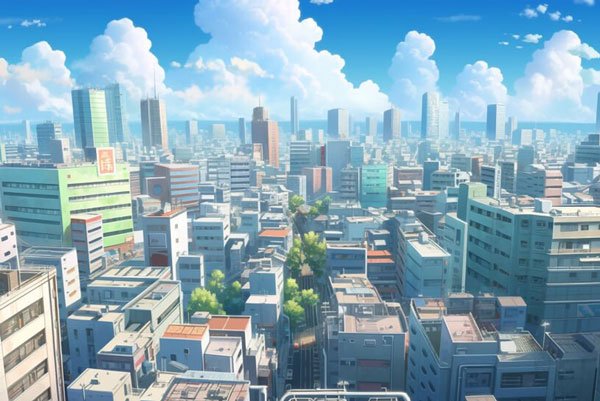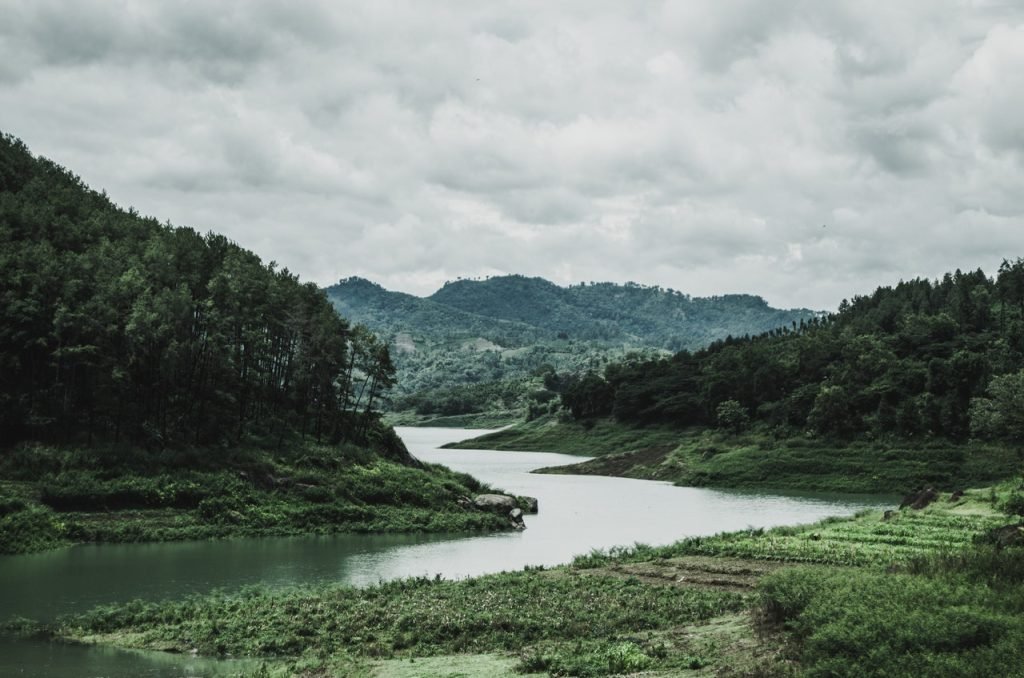Dhaka, the bustling capital city of Bangladesh, stands as a vibrant testament to the nation’s rich history, cultural diversity, and rapid urban development. As one of the most densely populated cities in the world, Dhaka offers a unique blend of ancient landmarks, modern architecture, and a lively atmosphere that captivates both locals and visitors.
- Location:
- Dhaka is located in the central part of Bangladesh, along the banks of the Buriganga River.
- It is the political, economic, and cultural center of the country.
- Population:
- Dhaka is one of the most populous cities in the world, with a population exceeding 8 million people.
- History:
- Dhaka has a rich history that dates back to the 4th century when it was a part of the ancient Ganges delta civilization.
- It has been an important trading and cultural hub throughout its history, and it has been the capital of various historical empires.
- Economy:
- Dhaka’s economy is driven by various sectors, with the garment and textile industry being a significant contributor. The city is often referred to as the \”Garment Capital of the World\” due to its booming textile and apparel industry.
- The financial sector is also well-developed, with many banks, financial institutions, and corporate offices located in the city.
- The Information Technology (IT) and telecommunications sectors have seen growth, contributing to the city’s economic development.
- Culture:
- Dhaka’s cultural scene is a blend of traditional and modern influences. The city hosts numerous festivals, events, and cultural programs throughout the year.
- The traditional Bengali music, dance, and art forms are celebrated, and modern influences are reflected in the growing popularity of contemporary music, films, and fashion.
- Education:
- Dhaka is a major educational hub with several universities and colleges.
- Transportation:
- The city has a well-developed transportation system, including buses, taxis, rickshaws, and more recently, ride-sharing services.
- Hazrat Shahjalal International Airport serves as the main gateway to the city for domestic and international flights.
- Landmarks:
- Jatiyo Sangsad Bhaban, designed by the renowned architect Louis Kahn, is an iconic symbol of modern architecture and serves as the National Parliament House.
- Lalbagh Fort, built during the 17th century, is a historical fort with a mix of Mughal and Bengali architectural styles.
- Ahsan Manzil, a palace with a distinct pink facade, is another historical landmark that reflects the city’s rich cultural heritage.
- Challenges:
- The rapid urbanization of Dhaka has led to challenges such as traffic congestion, inadequate infrastructure, and environmental issues. The city faces issues related to waste management and air pollution.
- Efforts are ongoing to address these challenges, including infrastructure development projects and initiatives to promote sustainable urban living.
- Language and People:
- Bengali (Bangla) is the primary language spoken in Dhaka, reflecting the linguistic diversity of Bangladesh.
- The people of Dhaka are known for their warmth and hospitality. The city is a melting pot of various ethnic and cultural groups, contributing to its vibrant and diverse social fabric.
let’s focus on specific aspects of Dhaka to provide more detailed information:
**1. Garment Industry:
- Dhaka is a global hub for the garment and textile industry. The city and its surrounding areas house numerous garment factories, making Bangladesh one of the world’s largest apparel exporters. The industry is a major contributor to the city’s economy, providing employment opportunities for a significant portion of the population.
**2. Old Dhaka:
- Old Dhaka, also known as Puran Dhaka, is a historic part of the city with narrow streets, bustling markets, and centuries-old architecture. It contains landmarks such as Lalbagh Fort, Ahsan Manzil, and the Armenian Church. The area preserves the cultural and architectural heritage of Dhaka.
**3. Traffic and Transportation:
- Dhaka faces significant traffic congestion, with a high volume of vehicles on the road. The transportation system includes buses, minibusses, rickshaws, and more recently, ride-sharing services. Efforts are ongoing to improve the public transportation system and alleviate traffic issues.
**4. Hazrat Shahjalal International Airport:
- The city is served by Hazrat Shahjalal International Airport, the largest and busiest airport in Bangladesh. It connects Dhaka to various international destinations, facilitating trade, tourism, and business.
**5. Cuisine:
- Dhaka offers a diverse and delicious culinary experience. Traditional Bangladeshi dishes, such as rice and fish, are prevalent, and the city is also home to various international cuisines. Street food is popular, with vendors offering a wide range of snacks and local specialties.
**6. River Buriganga:
- The Buriganga River flows through Dhaka, playing a significant role in the city’s geography and history. Many activities, including boat rides and river transport, take place on the Buriganga. However, the river faces pollution challenges due to industrial and domestic waste.
**7. Cultural Events:
- Dhaka hosts numerous cultural events and festivals throughout the year. These include celebrations of Bengali New Year (Pohela Boishakh), traditional music and dance festivals, and literary events. These festivities showcase the city’s rich cultural heritage.
**8. Dhaka Stock Exchange (DSE):
- The Dhaka Stock Exchange is one of the major financial institutions in the city. It plays a crucial role in the country’s economic activities, providing a platform for trading stocks and securities.
**9. Urban Challenges:
- As a rapidly growing city, Dhaka faces challenges related to urbanization, including inadequate infrastructure, waste management issues, and housing problems. Efforts are underway to address these challenges through urban planning and development projects.
Dhaka, as a vibrant and dynamic city, encapsulates a blend of historical richness and contemporary urban life. Its economic significance, cultural heritage, and diverse population contribute to its unique identity within Bangladesh.



